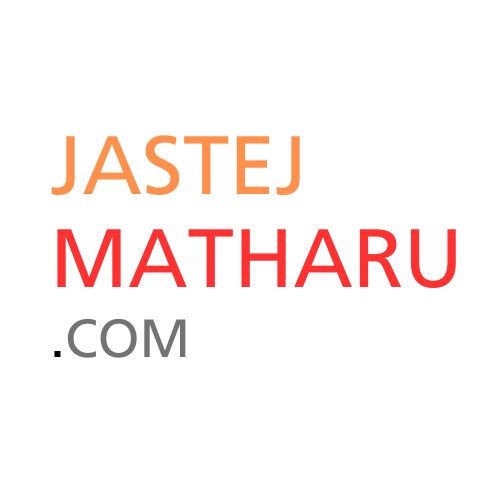Strengthening India’s Global Defense Footprint: Diplomacy, Exports, and Strategic Partnerships

India’s defense sector has transformed into a global player, emphasizing indigenization and exports. Milestones like Tata’s WhAP deal with Morocco highlight India's growing defense manufacturing and export capabilities. Historically reliant on foreign suppliers, initiatives like DRDO (1958) and "Make in India" (2014) have propelled self-reliance. India now exports defense equipment to nations like the Philippines, Armenia, and Vietnam. Strategies for expansion include strategic partnerships, soft power, defense diplomacy, technology transfer, and financial solutions. With a strong MRO sector and global engagements, India is poised to become a key defense supplier, driving economic growth and geopolitical influence.




